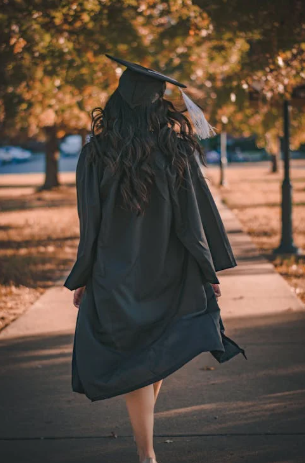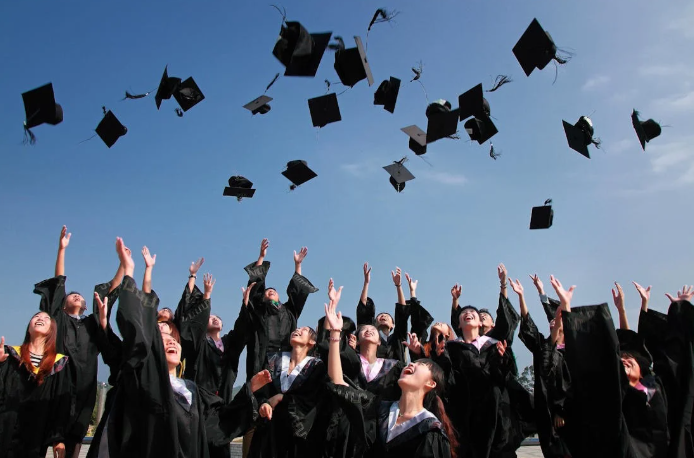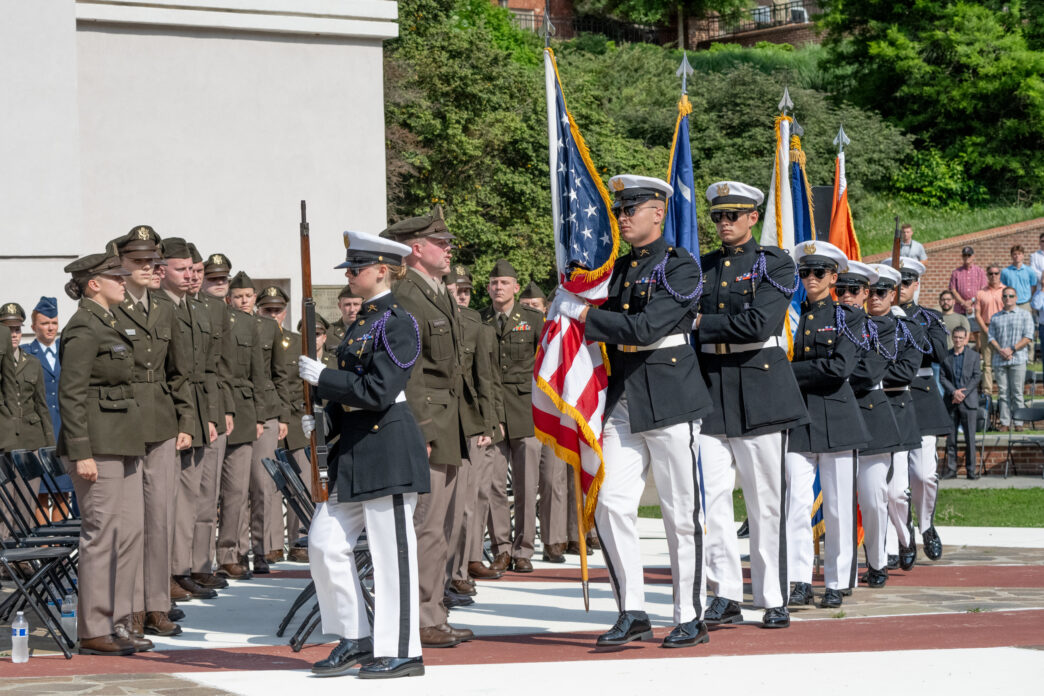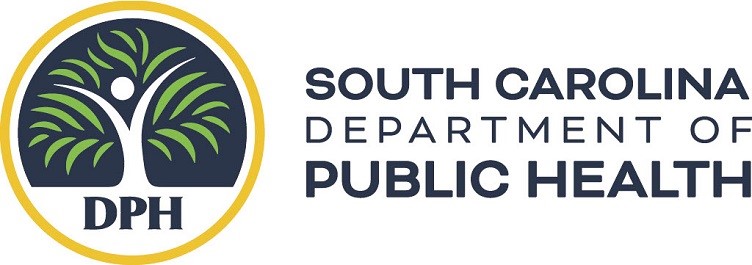By: Jessica Holdman South Carolina Daily Gazette
COLUMBIA — South Carolina’s public colleges have frozen tuition charged to in-state students for upwards of five years. That could change.
House budget writers want to loosen the strings attached to additional state funding for universities that agree to keep tuition level for the students who call South Carolina home.
This money has continuously been at the top of budget wish lists for Palmetto State colleges when they’ve come to state legislators for funding each year. For the coming fiscal year, schools collectively asked for $130 million. House budget writers are suggesting the state cover 40% of that.
But South Carolina’s college presidents are telling legislators that approach won’t work long term. At some point, they will need to raise their prices, said Rep. Nathan Ballentine.
The Chaplin Republican, who heads the higher education budget panel, wants to split the difference between what universities say they need and certainty for college students that they won’t see a sudden tuition spike.
Under the budget proposal approved Wednesday by the House Ways and Means Committee, the tuition set for incoming freshmen will stay the same for that class of students for as long as they remain enrolled in their degree program.
“We don’t want any surprises out there,” Ballentine said.
But colleges will have the option to raise rates for the next incoming class. That means a sophomore and a freshman enrolled in the same degree program at the same college could end up paying different tuition rates for their bachelor’s degree.
Since the Legislature began offering colleges more money in exchange for frozen rates, the schools have kept tuition steady for all students from the Palmetto State.
Not sustainable
Among universities raising the alarm is the College of Charleston.
There are a limited number of college-ready students graduating from South Carolina high schools, and all state colleges are competing for them, President Andrew Hsu told Ballentine’s budget panel.
“There are just not enough in-state students to fill all the available seats,” he said. “That’s the reality that we’re facing.”
Last school year, there were roughly 163,000 in-state undergraduate students enrolled in public, private and technical colleges in the Palmetto State, according to the most recent data from the state’s higher education agency.
About 62,000 of those students were at public, four-year universities. University of South Carolina and Clemson University students made up just shy of half of them.
With Clemson and USC growing larger each year, Hsu said it puts considerable pressure on the other 31 colleges in the state.
 That’s when colleges turn to students from outside South Carolina to fill out their student body, much to the chagrin of legislators.
That’s when colleges turn to students from outside South Carolina to fill out their student body, much to the chagrin of legislators.
The state’s public, four-year schools have 37,000 out-of-state undergraduates. Unlike in-state students, those students have seen their tuition steadily rise. They’re often paying three times that of their peers from South Carolina.
Hsu said if the College of Charleston continues this practice, it risks pricing itself out of the market completely for students attending college from another state.
“Out-of-state students are paying a much higher tuition to subsidize our education of our South Carolina citizens,” Hsu said. “I don’t think it’s a sustainable model.”
The mix of in-state and out-of-state students at the College of Charleston is split nearly down the middle. More than half of Coastal Carolina University’s student body is from outside South Carolina. USC and Clemson are at about 60% in-state.
Enrollment cliff
Meanwhile, universities across the country are reckoning with what experts have dubbed a pending “enrollment cliff,” caused by a shrinking college-age population and rising costs for a college degree.
The national birth rate has been in decline and colleges are expected to start feeling the impact this year. It’s a trend that Gov. Henry McMaster has said will continue well into the future.
The birth rate in 2023 fell to a historic low — about 55 births for every 1,000 women between the ages of 15 and 44 — according to the National Center for Health Statistics.
Despite this shift in demographics, the governor is unlikely to support the House proposal.
In a statement, McMaster’s office said he “is opposed to any tuition increases and will act accordingly if sent to his desk.”
“Under Governor McMaster’s leadership, college tuition has been frozen for five years at our public colleges and universities,” said his spokesman, Brandon Charochak. “In addition, during the governor’s tenure, our public colleges and universities have received hundreds of millions of dollars in additional budget funds to support their missions, improve facilities, and expand their campuses.
“To then turn around and raise tuition and fees on the sons and daughters of South Carolina is an incredibly bad idea and is politically tone-deaf,” he continued.
McMaster has instead called for a study of the state’s public colleges, looking at affordability and a possible need for mergers. The House included $2 million in funding for the study in its budget proposal.
The SC Daily Gazette contacted multiple colleges. None of them responded to questions Thursday about whether they support House members’ suggested changes.
Other higher education requests
Other big ticker higher education projects recommended for funding include:
- $150 million to the USC for a specialized hospital to treat stroke and dementia patients, as well as other diseases affecting the brain and nervous system
- $13 million to USC to renovate a failed biomass power plant into a battery research center that would house the manufacturing line
- $13 million to Clemson for a computing complex
- $10 million to South Carolina State University to renovate the building that houses its agriculture, nutrition, child development and fashion merchandising programs
- $10 million to the Citadel to renovate its engineering building
Sign up for our Sunday Spectator. Delivered to your inbox every Sunday, with all the news from the week.
















